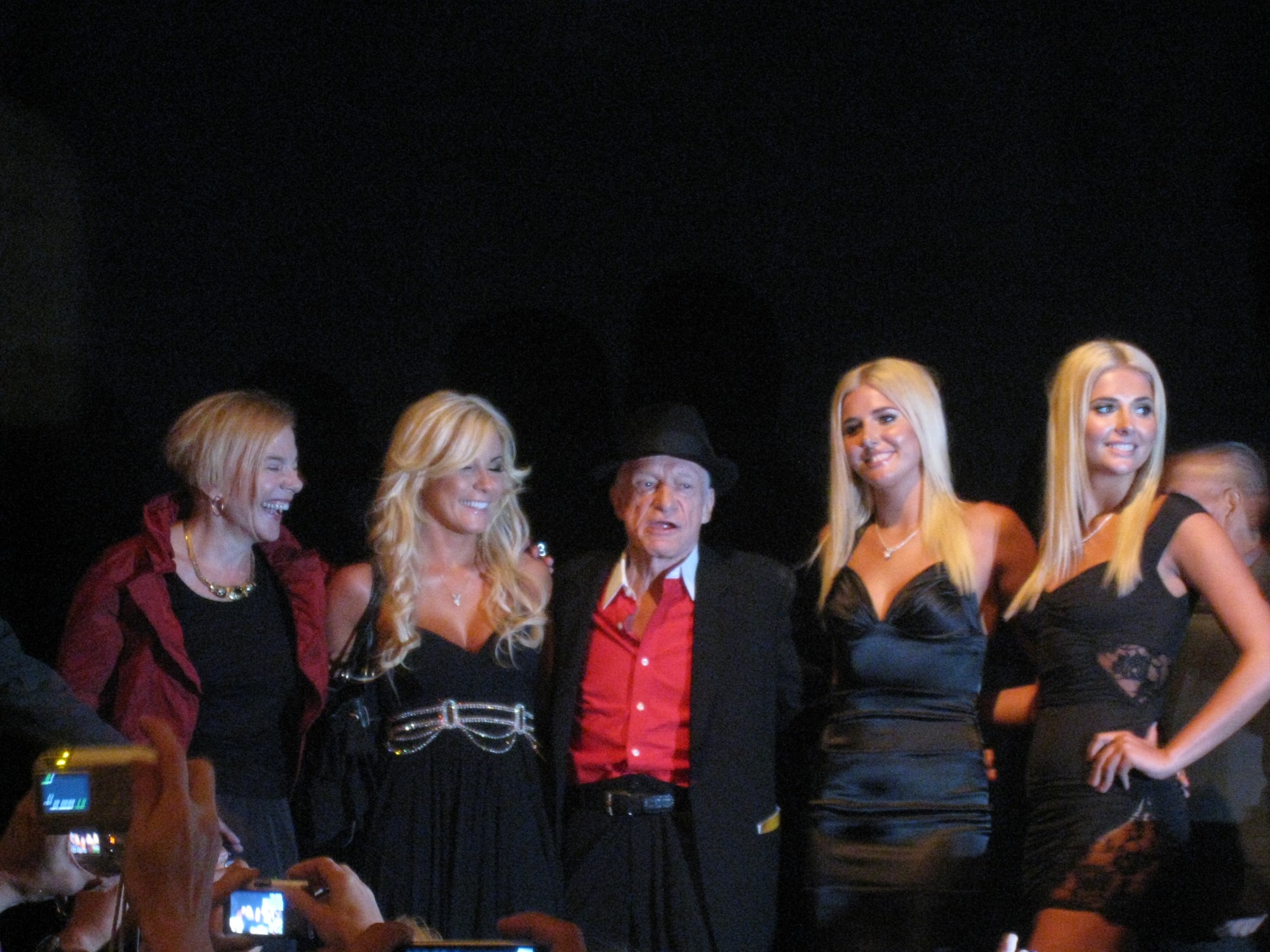Now that one of the most influential proponents of sexual liberation has died, news outlets have written extensively about his positive contributions to society. The Washington Post called Playboy founder Hugh Hefner a “visionary editor who created Playboy magazine out of sheer will and his own fevered dreams,” responsible for introducing sexuality to the world. Salon deemed him “undeniably progressive,” and concluded that his true legacy was racial rather than sexual, pointing to Playboy‘s acceptance of the civil rights movement.
The language of many of Hefner’s obituaries are extremely warm, some so positive it sounds as if Hefner has a place in the same feminist heaven as Margaret Sanger or Gloria Steinem. This follows a common trend after the death of someone famous: Say nothing ill of them and emphasize their achievements.
But Hefner’s relationship with the women’s rights movement is a little more complicated than some would admit. Not only did the Playboy founder capitalize on the male gaze, he commodified it.
As Suzanne Moore wrote in The Guardian, Hefner sold only a fantasy of freedom for men, rather than both genders. While it may seem apt that the first incarnation of the Playboy bunny was laid to rest beside the magazine’s founder, it represents, to some, an immortal legacy of sexual exploitation.
Contrary to popular belief, actress Marilyn Monroe and Hefner never met. Those iconic photos from 1953 weren’t even for Playboy. Monroe was left with just $50 and Hefner with a successful startup. She wrote in her memoir: “I never even received a thank-you from all those who made millions off a nude Marilyn photograph. I even had to buy a copy of the magazine to see myself in it.”
Hefner’s complex relationship with feminism is best illustrated in a 2010 Vanity Fair interview, in which he called women objects yet went on to say that “the notion that women would not embrace their own sexuality is insane.”
Whether you agree with Hefner’s label as a pioneer for women’s rights depends largely on what aspects of his work you choose to focus on and what branches of feminism you support. A philanthropist and a staunch supporter of gay rights, Hefner justified the impact of his magazine by framing it as the liberating force away from Americans’ puritanical views of sex.
Playboy promoted lifestyle choices for both men and women that defied the limits of suburban life. The magazine rallied behind legal abortion and birth control, aiming to normalize female sexuality. It published pro-choice articles by women and went as far as filing an amicus curia brief in Roe v. Wade.
In a time of racial segregation, Hefner opened up clubs and shoots to black performers and employed black writers. Alex Haley, author and collaborator to best-sellers Roots and The Autobiography of Malcolm X, got his start at Playboy and interview several pioneers of the civil rights movement such as Martin Luther King Jr., Muhammad Ali and Miles Davis. In one of Playboy‘s most controversial pieces, it sent Haley to interview the leader of the American Nazi Party.
Porn may perpetuate sexual violence and may be a sexist institution, but as philosopher Mark Wicclair argued, the censorship of pornography should be rejected because this could deny sexual freedom of many women.
While Playboy ultimately served the male interest, its literary legacy was progressive and didn’t conform to gender roles. Hefner’s contributions to the media should not be ignored. As we often do for many morally questionable artists — see: Charlie Chaplin, Michelangelo Caravaggio, Roald Dahl — we must separate Hugh Hefner’s contradictory politics from his publication’s contributions to social justice.



